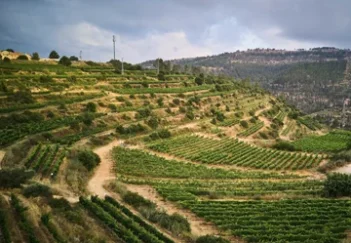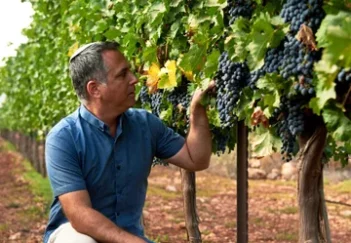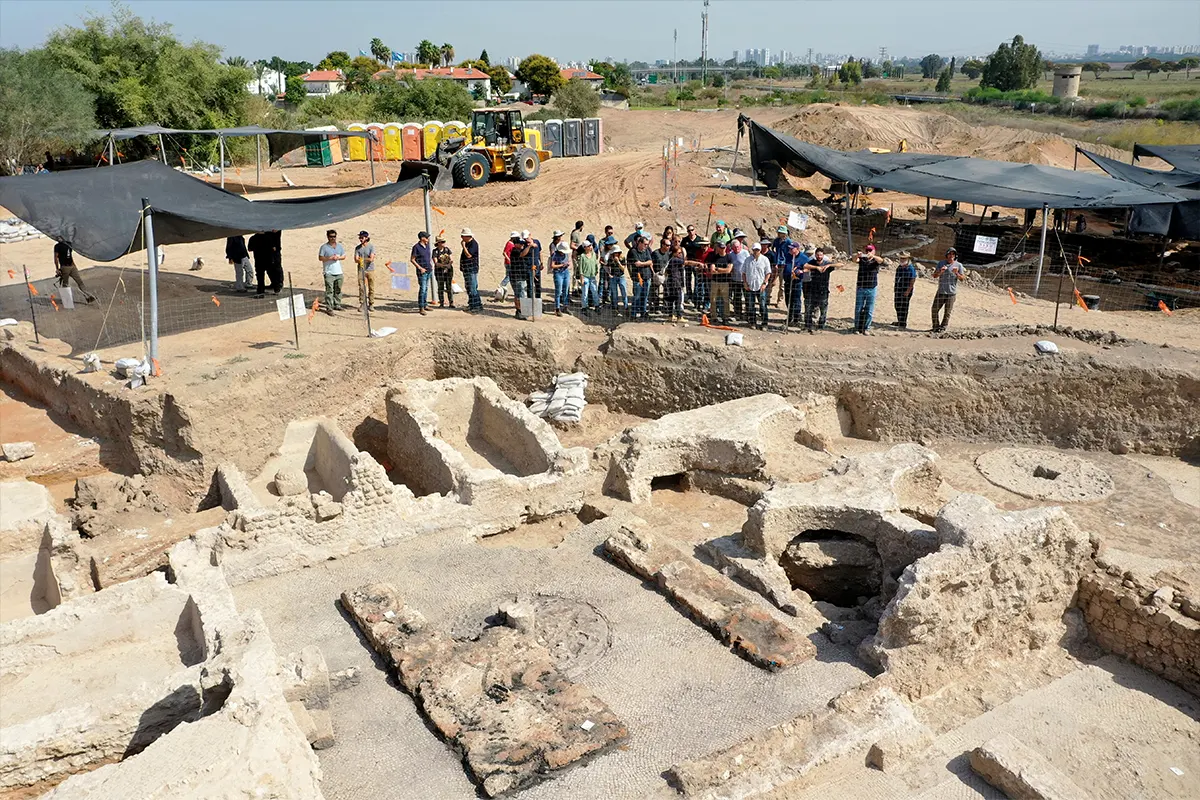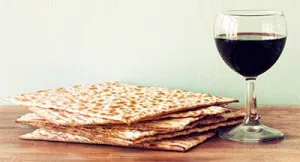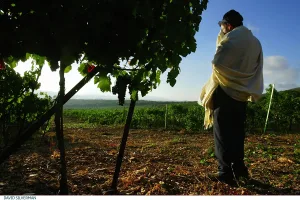In this little sliver of the Holy Land, in the southern Levant, lying on the eastern basin of the Mediterranean, wine has been made by the Canaanites, Egyptians, Phoenicians, Israelites, Greeks, Romans, Nabateans, Byzantines and Crusaders up to the modern Israelis. Archaeology, the Bible and religious texts provide an insight both into winemaking and the importance of wine in the region.
The Canaanites were quite simply the best winemakers in the world of their time. The Egyptians were the first wine culture to import and treasure wines from Canaan. The Phoenicians (operating from south of Mt Carmel northwards) were producers and exporters, spreading wine far and wide and using glass for the first time. The Israelites used wine in their day to day ritual, which firmly established the strong connection between wine and Judaism. The Greeks introduced wine literature and the ‘Symposium’, a glorified wine tasting. The Romans introduced the idea of enjoying wine with food at the ‘Convivium’, the Roman banquet. They were the first to use the cork and barrel, and laid down the roots of the modern wine industry. The Nabateans conquered the desert, particularly in the Negev. The Byzantines established a thriving wine industry in the Near East, cementing the importance of wine in the Christian world. With the Muslim takeover of the region, wine production on an industrial scale was discontinued, though the Crusaders heralded a short revival of wine growing in the Holy Land.
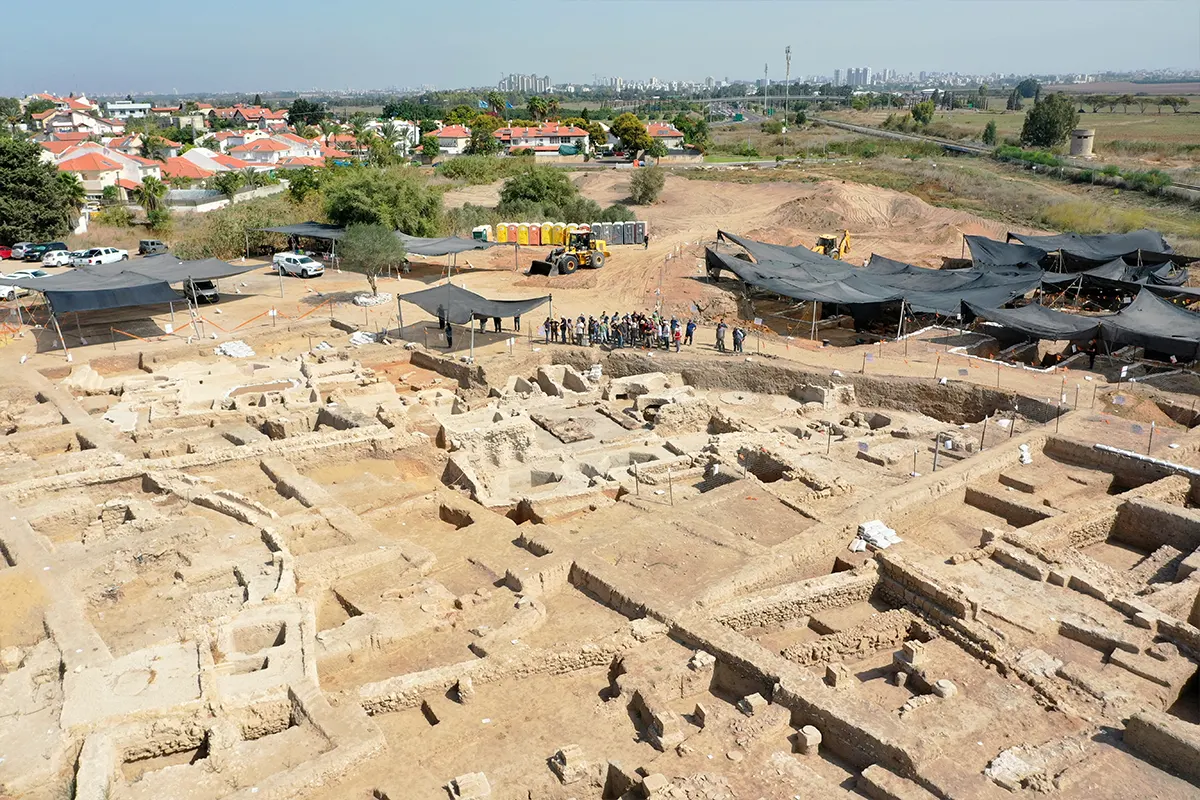
The rise of the Mamluks heralded the dark ages of wine and this was a period of Prohibition. The Ottoman Empire continued this policy less stringently, though wine was produced domestically by those that needed it for religious ritual, like Jews & Christians. The founding of wineries by the Shor family in 1848 (renamed Zion Winery in 1944), Teperberg family in 1870, the Templars at Sarona in 1871, Cremisan Monastery 1885 and Latroun Monastery 1890 were examples of wineries founded under the auspices of the Ottoman Empire. However they were basically making liquid religion, in other words Kiddush, Altar and Communion wine. It could be said the Ottomans preserved some of the indigenous grape varieties talked about today (ie. Dabouki, Hamdani, Jandali) by using them as table grapes, and towards the end of the Ottoman Empire, a modern Israeli wine industry was founded. Through finance, bribery, the influence of a Rothschild and no little chutzpa, two large wineries were founded with deep underground cellars. These were Rishon Le Zion Wine Cellars (est. 1890), south east of Jaffa and Zichron Ya’acov Wine Cellars (est. 1892), south of Haifa, which were united under Société Co-opérative Vigneronne des Grandes Caves. The wines were sold under the brand name Carmel Oriental, in the Ottoman Empire and as Carmel Wine Co., in export markets. This company became known as Carmel Mizrahi. This is the historic winery of Israel. The first use of electricity and the telephone was there and believe it or not, three future Prime Ministers worked there, including David Ben-Gurion, the founding father of Israel!
In the 1980s, through the pioneering Golan Heights Winery, Israel carved a place for itself on the international wine map. They brought New World technology to Israel and Yarden wines started winning awards and third party recognition at the highest level. In the 1990s, the advances were cemented and reinforced because of the boutique, small winery boom. It is certainly interesting to think that influential players like Domaine du Castel, Margalit Winery and Tzora Vineyards were all founded in the years between 1989 and 1993.
Today, there is a small but dynamic, quality driven industry. There are 350 wineries producing approximately 45 million bottles a year, not forgetting a further 12 million bottles of grape juice made from wine grapes. The vineyards and wineries cover the country from the northern border with Lebanon, down to Eilat on the Red Sea. There are vineyards on mountains over 1,000 meters above sea level, on the rolling hills, in the valleys, down to the deepest desert and even on the way to the Dead Sea, the lowest point on earth. There are wineries in cities and villages, in moshavs (cooperative farms) and kibbutzes (collective farms). Some wineries are owned by Ultra-Orthodox Jews and Monasteries; Others by Jews, Christians and Arabs; Israelis and Palestinians. It is a true mosaic, which has really been brought to life in the last thirty years.
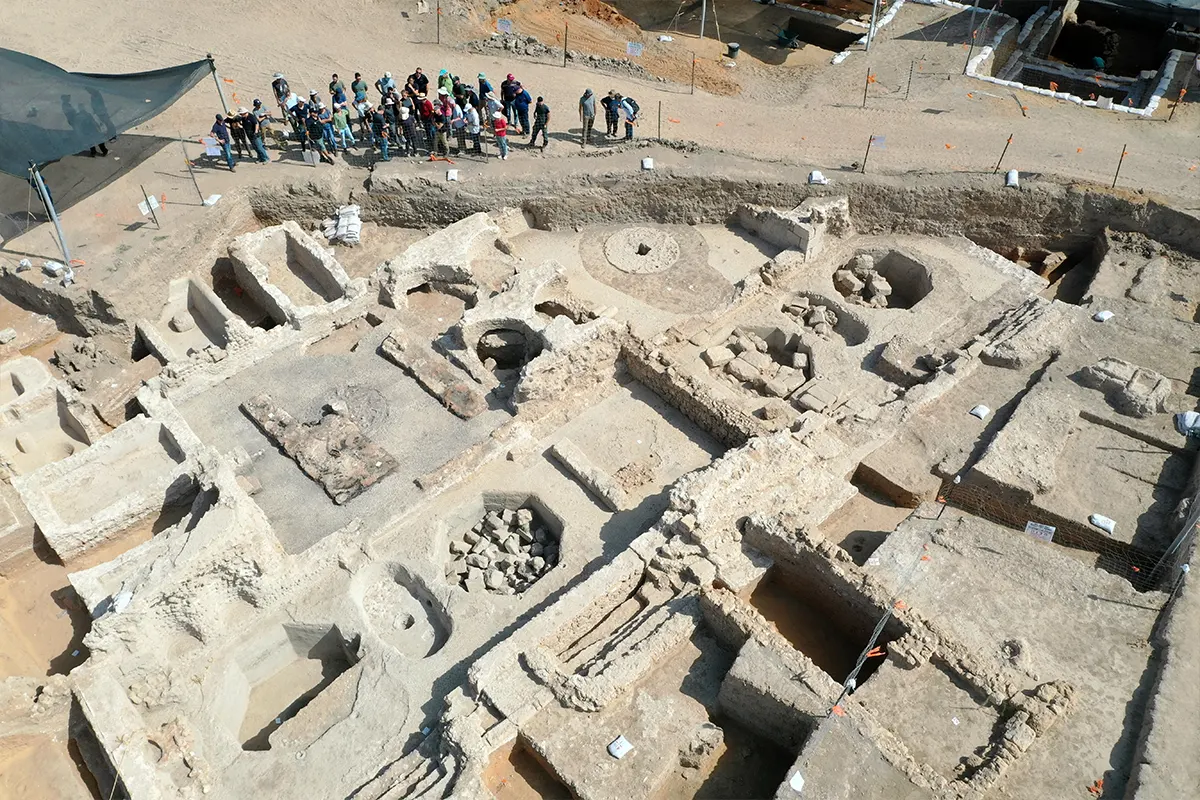
The Israeli wine industry is modern, ‘New World’ with advanced technology, but this does not hide that the country is really part of the Ancient World of winemaking. Covering the country are old wine presses. These are found everywhere. You can visit a modern Israeli winery, as up to date as tomorrow, with gleaming technology. As you wander around in the grounds or near the vineyards, you are quite likely to stumble over a flat, limestone basin, with a deep pit dug adjacently. The basin is known as a ‘Gat’ in Hebrew, and the pit, by the word ‘Yekev’, which is the Hebrew for winery. These ancient wine presses illustrate the extent winemaking existed in the same place over 2,000 years ago. Most will bump into them hiking, barely giving them a second thought, as they are not uncommon. The average wine press is small and would have been purposely positioned to be close to the relevant vineyards.
Two recent excavations of archaeological sites though, have caught the attention of the wine world and archaeologists everywhere. These only underline what a treasure trove of wine history may be found in Israel. A few years ago a wine cellar was excavated at Tel Kabri in the Western Upper Galilee, which dated to nearly 4,000 years ago. It is possibly the largest and oldest Canaanite wine cellar ever found. The remains of forty jars and storage containers were found, and in them traces of wine infused with herbs and resins were detected. Israel is a country where the ancient and modern co-exist. The Galilee is today one of Israel’s most well-known wine regions.
Now archaeologists have announced they have excavated the largest Byzantine winery ever found, at Yavne, south of Tel Aviv, near the coast of the Eastern Mediterranean. The winery is so large, that they estimate 2 million liters of wine were produced there annually. That is an unprecedented amount of wine made in one place. It is possible the estimate is on the high side, but it still may be considered the Gallo of Byzantine wineries, being a self-sufficient factory for the production of wine and ceramics. No doubt the vineyards were not far away either. Certainly in those days the water was dangerous and spread diseases, and our ancestors drank far more wine then, than we do today. Still it is a mind blowing amount.
This was where the famous wines known as Gaza and Ashkelon were made and they were easily exported from the nearby ports of Yavne, Ashkelon & Gaza. These wines were known brands, with a quality image then, similar to the Jaffa Orange or Yarden & Castel wines in modern times. Some say the wines were white because of one particular description of the wines of Gaza. It is far more likely that most of the wines were red. The white wines produced there, would have been yellow to amber in color, more like today’s orange wines. Furthermore, it is also far more likely that this was a winery owned and managed by Christians than Jews. As far as varieties are concerned, it would be satisfying to find DNA from grape pips, that these are related to Bittuni, Hamdani and Jandali, and the other local varieties. However, ignoring the romantics, in those days the grape varieties were not talked about and used to name a wine as today. Then, wines were described more by the place they were made or by the wine style.
Still, with all the questions it brings, it is an amazing and fascinating discovery. For more information, please read the following links.
https://www.bbc.com/news/world-middle-east-58876369
PHOTOS: David Silverman. DPS Images.
Adam Montefiore is a wine industry insider turned wine writer. He has advanced Israeli wine for 35 years and is known as the English voice of Israeli wines. He is the wine writer for the Jerusalem Post. www.adammontefiore.com












